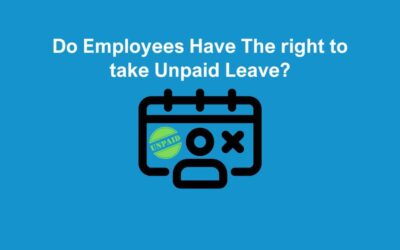Burnout has become a buzzword in the modern workplace, but its impact is far from being just a trendy topic of discussion. It’s a critical issue that can sap productivity, hinder job satisfaction, and lead to a host of mental and physical health problems among employees. As such, managing burnout isn’t just about promoting wellness — it’s a strategic imperative for any organisation that aims for long-term success.
According to a recent Gallup survey, 90% of UK workers say they don’t feel enthusiastic about their job and workplace. The survey also showed that UK employees are one of the least engaged in Europe.
It’s believed that a combination of the cost of living crisis and climate change could be a contributing factor to stress and burnout in the workplace. In this blog, we will explore actionable strategies that employers can adopt to mitigate and manage this.
Understanding Burnout
Before addressing the issue, it’s important to understand what it is. The World Health Organisation (WHO) recognises burnout as an “occupational phenomenon” characterised by feelings of energy depletion or exhaustion, increased mental distance from one’s job, or feelings of negativism or cynicism related to one’s job, and reduced professional efficacy.
Signs of Burnout to Watch For
Employers should train managers to identify signs of burnout, which can include:
- Decreased productivity and work quality
- Withdrawal from colleagues or clients
- Increased absenteeism or tardiness
- Visible signs of stress or frustration
Strategies to Manage Burnout
1. Foster Open Communication
Create an environment where employees feel comfortable discussing their workload, challenges, and suggestions without fear of negative repercussions. Regular check-ins and anonymous feedback tools can facilitate this dialogue.
2. Promote Work-Life Balance
Encourage employees to maintain a healthy balance by setting boundaries on work hours, respecting time off, and offering flexible scheduling when possible. Remote working options can also reduce commute stress and provide employees with more control over their work environments.
3. Provide Adequate Resources and Training
Ensure that employees have the tools, resources, and training necessary to perform their jobs effectively. This reduces frustration stemming from feeling ill-equipped to handle job demands.
4. Recognise and Reward Efforts
Acknowledging hard work and achievements can go a long way in making employees feel valued. Recognition programs, bonuses, and even simple ‘thank you’ notes can boost morale and decrease burnout.
5. Encourage Regular Breaks
Short, regular breaks throughout the day can help to prevent the mental and physical exhaustion that leads to burnout. Consider creating ‘quiet zones’ or ‘relaxation spaces’ where employees can take a break from their workstations.
6. Implement a Reasonable Workload
Regularly review workloads and adjust them as necessary to ensure they are aligned with employees’ capacities. Utilise project management tools to better distribute tasks and monitor workloads.
7. Offer Mental Health Support
Provide access to mental health resources such as Employee Assistance Programs (EAPs), counselling services, or mindfulness and stress management workshops. You can even offer your management team mental health training.
8. Cultivate a Positive Work Environment
A supportive workplace culture that prioritises well-being can reduce burnout. This involves building a strong community, promoting inclusivity, and handling workplace conflicts effectively and compassionately.
9. Lead by Example
Leadership should model healthy work habits. If leaders are visibly overworked and stressed, it sets an unspoken expectation for employees to do the same.
10. Monitor and Act on Burnout Trends
Use surveys and health metrics to gauge burnout levels within your organisation. If a pattern emerges, it’s crucial to act swiftly to address the systemic issues causing widespread burnout.
Conclusion
Managing burnout is not a one-off activity but an ongoing process that should be integrated into the company’s culture. By taking proactive steps to address the underlying causes of burnout, employers can not only improve the well-being of their employees but also enhance productivity, retention, and ultimately, the success of their organisation. Remember, the cost of ignoring burnout far exceeds the investment in preventing it. Let’s create workplaces that are not just productive but also nurturing and sustainable.







